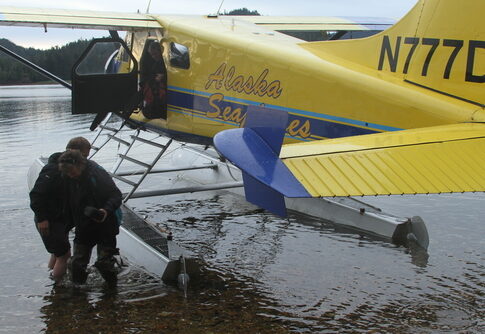Alaska’s remote villages faced one of the largest disaster airlifts in state history as Typhoon Merbok’s remnants unleashed catastrophic flooding, exposing the federal government’s neglect of rural infrastructure and America’s most vulnerable communities.
Historic Storm Devastates Western Alaska
Typhoon Merbok’s remnants struck Western Alaska in September 2022 with unprecedented fury, generating hurricane-force winds and historic storm surges that obliterated coastal villages. The extratropical cyclone, fueled by warming Bering Sea waters, represented the worst storm to hit the region in five decades. Over 40 predominantly Alaska Native communities faced catastrophic flooding as storm surges reached up to 20 feet, destroying homes, infrastructure, and essential services across hundreds of miles of coastline.
Emergency Airlift Operations Launch
Alaska Governor Mike Dunleavy declared a state of emergency on September 18, 2022, triggering one of the largest disaster response airlifts in Alaska’s modern history. The Alaska Air National Guard, U.S. Coast Guard, and civilian aviation companies coordinated round-the-clock evacuation flights from September 18-22. Hundreds of residents from villages including Hooper Bay, Chevak, Golovin, and Newtok were airlifted to regional hubs in Nome, Bethel, and Anchorage as their communities became uninhabitable.
Federal Response Highlights Infrastructure Failures
The disaster exposed decades of federal neglect toward Alaska’s rural infrastructure, leaving isolated communities defenseless against natural disasters. Most affected villages lack road access, reliable power grids, or adequate housing, making residents entirely dependent on costly airlift operations during emergencies. FEMA’s belated disaster declaration came only after President Biden approved federal aid, demonstrating the bureaucratic delays that plague disaster response in America’s most remote regions.
Cultural and Economic Devastation
The storm’s impact extends far beyond physical damage, threatening the cultural survival of Alaska Native communities whose subsistence lifestyle depends on stable coastal access. Traditional hunting and fishing grounds were contaminated by floodwaters, while sacred cultural sites suffered irreparable damage. The economic toll reached millions in damages, straining already-limited state and federal disaster funds while forcing families to abandon homes and livelihoods built over generations in these ancestral lands.
The Typhoon Merbok disaster serves as a stark reminder that America’s most isolated communities remain vulnerable to both natural disasters and government indifference. While Alaska’s resilient Native communities demonstrated remarkable strength during this crisis, their plight underscores the urgent need for infrastructure investment and disaster preparedness in regions too often forgotten by federal policymakers. The success of the airlift operation proved that effective coordination between tribal, state, and federal authorities can save lives, but prevention through proper infrastructure remains the ultimate solution.


